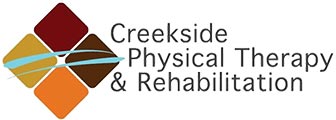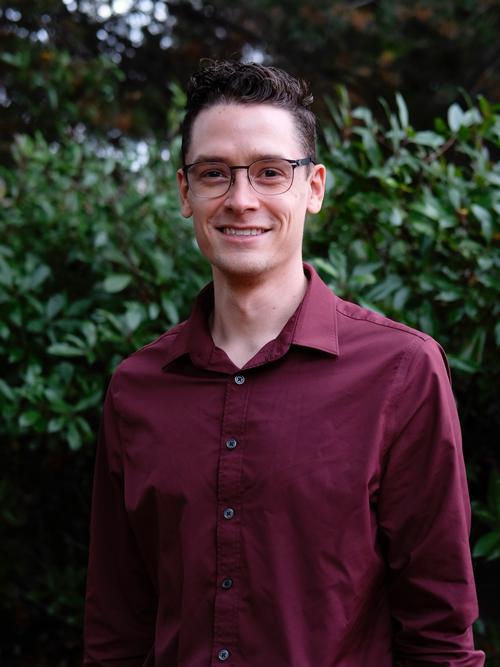![achilles tendon]() What Causes Achilles Tendionpathy?
What Causes Achilles Tendionpathy?
Achilles tendinopathy is a common condition associated with pain in the achilles tendon or the insertion of the achilles tendon at the heel. The condition can also be characterized by swelling, loss of function, and stiffness (1,2,4). Common causes include both intrinsic and extrinsic factors. Training errors such as increasing loading of the tendon too quickly or overtraining without adequate rest are examples of extrinsic factors (1,4), especially when combined with sports requiring explosive running and jumping including basketball and volleyball. Intrinsic factors that can predispose someone to this condition include poor arch control, limited ankle mobility, weakened or dysfunctional calf musculature, and higher than ideal body weight (1,2).
Best Research Based Treatments for Achilles Pain
While this condition can be frustrating, conservative management is effective, with average length of treatment ranging from 3-12 months from onset of condition (3). The duration someone has pain is dependent on the severity, how long they have been experiencing the pain, and how much activity the person is required to perform.
The best evidence supports an exercise focused treatment plan that loads the tendon and supports the remodeling of the tendon structure (1). Loading (aka exercising) the tendon also has been shown to decrease pain, improve calf musculature strength, and improve function (1,5).
How Physical Therapy can Improve Your Achilles Pain
Our experienced physical therapists at Creekside will provide you with an exercise program based on your pain levels that will appropriately load the tendon given your current status in recovery. Example of some of these exercises can be found below:
- Banded strengthening exercises
- Seated heel raises
- Standing heel raises
- Heel raises on a step
- Single leg heel raises
- Plyometrics
- Sport specific training
 Other modalities including manual therapy has been shown to provide benefit in managing the pain experienced with this condition and is often assessed on a patient by patient basis (4). Examples of provided modalities and services our physical therapists can provide include, but are not limited to:
Other modalities including manual therapy has been shown to provide benefit in managing the pain experienced with this condition and is often assessed on a patient by patient basis (4). Examples of provided modalities and services our physical therapists can provide include, but are not limited to:
- Biomechanical assessment of foot posture & lower extremity alignment
- Instrument Assisted Soft Tissue Mobilization (IASTM)
- Myofascial Decompression (MFD)
- Strain-Counterstrain
- Blood-Flow Restriction therapy (BFR)
- Extracorporeal Shock Wave Therapy
- Taping for stability
Creekside Physical Therapy Now Has 3 Convenient Locations in Portland, Oregon
Message us now to get scheduled with one of our skilled Physical Therapists at any of our locations:
- Tigard - Oleson: 9115 SW Oleson Rd, Ste. #206 Portland, Oregon, 97223
- Tigard - Locust: 9445 S Locust St., Tigard, Oregon, 97223
- Cedar Mill: 12400 NW Cornell Rd, Ste. #200 Portland, Oregon, 97229
Deep dive into why an achilles breaks down & hurts with walking or running
The achilles tendon is largest and strongest tendon in the human body and is responsible for accepting tremendous load with activity (4). The triceps surae, or calf muscles, is composed of the medial and lateral gastrocnemius and the deep soleus muscle. These muscles act on the achilles tendon to plantar flex the ankle. The gastrocnemius also crosses the knee and can provide flexion at the knee when contracted (4)
Collagen is an important structural component of tendons - in a structurally compromised tendon, as is the case with tendinopathy, collagen’s structure becomes disorganized and irregular, weakening the tendon making it less resilient to load (1,2,4). Some other attributes of tendon structure in this state is irregular vascularity, absence of inflammatory cells, and an increase in pain receptors (2,4).
Mid-portion achilles tendinopathy can be characterized by pain around 2-6cm proximal to the insertion of the achilles tendon at the calcaneus, and makes up a majority of cases (4). This area of the tendon is where the least amount of vascularity is found, leading it more susceptible to injury. Insertional achilles tendinopathy is associated with pain at the insertion of the tendon at the calcaneus, and can often be found with bone spurs at the posterior calcaneus or calcification of the tendon (5).
The Core of a Research-Based Achilles Rehabilitation Exercise Program
Research by Silbernagel et al. constructed a 4-part framework that outlines the general rehab progression, and can be found below:
- Symptom management and load reduction phase (weeks 1-2)
- Eliminate overloading and reduce injury progression.
- Begin light loading as tolerated
- Recovery phase (weeks 2-5)
- Increase loading stimulus by either adding speed to the movement or using external loading
- Exercises performed daily
- Rebuilding phase (weeks 3-12)
- Begin heavier strength training, running, jumping activities.
- Return to sport phase (3-6 months)
- Continue progressing strength and loading tolerance
- Minimal stiffness, no pain with activity
References
- Silbernagel KG, Hanlon S, Sprague A. Current Clinical Concepts: Conservative Management of Achilles Tendinopathy. J Athl Train. 2020 May;55(5):438-447. doi: 10.4085/1062-6050-356-19. Epub 2020 Apr 8. PMID: 32267723; PMCID: PMC7249277.
- Stania M, Juras G, Chmielewska D, Polak A, Kucio C, Król P. Extracorporeal Shock Wave Therapy for Achilles Tendinopathy. Biomed Res Int. 2019 Dec 26;2019:3086910. doi: 10.1155/2019/3086910. PMID: 31950037; PMCID: PMC6948318.
- van der Vlist AC, Winters M, Weir A, Ardern CL, Welton NJ, Caldwell DM, Verhaar JAN, de Vos RJ. Which treatment is most effective for patients with Achilles tendinopathy? A living systematic review with network meta-analysis of 29 randomised controlled trials. Br J Sports Med. 2021 Mar;55(5):249-256. doi: 10.1136/bjsports-2019-101872. Epub 2020 Jun 10. PMID: 32522732; PMCID: PMC7907558.
- von Rickenbach KJ, Borgstrom H, Tenforde A, Borg-Stein J, McInnis KC. Achilles Tendinopathy: Evaluation, Rehabilitation, and Prevention. Curr Sports Med Rep. 2021 Jun 1;20(6):327-334. doi: 10.1249/JSR.0000000000000855. PMID: 34099611.
- Zhi X, Liu X, Han J, Xiang Y, Wu H, Wei S, Xu F. Nonoperative treatment of insertional Achilles tendinopathy: a systematic review. J Orthop Surg Res. 2021 Mar 30;16(1):233. doi: 10.1186/s13018-021-02370-0. PMID: 33785026; PMCID: PMC8008511.


